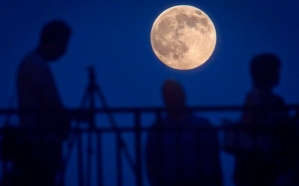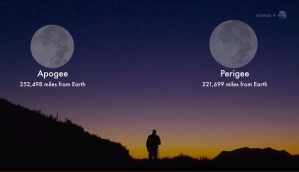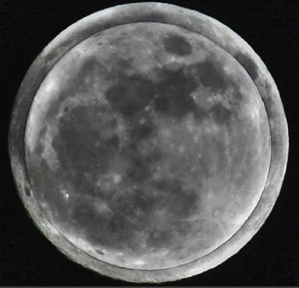
Tonight it's going to look like the moon is coming in for a landing. It's going to be a supermoon, as the secondary planet will be almost as close to the Earth as it gets, and it will appear huge and bright in the sky.
According to NASA, tonight's will be the second supermoon so far this year, but the largest is due in August.
A supermoon is a full moon viewed in its closest approach to the Earth. The technical name is the perigee-syzygy of the Earth-Moon-Sun system. The association of the Moon with both oceanic and crustal tides has led to claims that the supermoon phenomenon may be associated with increased risk of events such as earthquakes and volcanic eruptions, but the evidence of such a link is widely held to be inconclusive. Some have also linked recent moon phenomenon with Biblical prophecy.
The difference between a micromoon (you guessed it- when the Earth's satellite looks the smallest because it's farther away from the earth) and a supermoon is about 30,000 miles. The full moon tonight will be less than 224,851 miles away from Earth. To put that in perspective, at micromoon, or apogee, the moon is roughly 252,000 miles away from Earth.

"Generally speaking, full Moons occur near perigee every 13 months and 18 days, so it's not all that unusual," Geoff Chester of the U.S. Naval Observatory said in a statement from NASA. "In fact, just last year there were three perigee Moons in a row, but only one was widely reported."
According to the Farmer's Almanac, the July full moon is referred to as the "Buck" or "Thunder" moon. The buck moon came from deer's antlers pushing out of their forehead this time of year. The moon is also referred to as the thunder moon because July is the most common month for thunderstorms.
Tonight's moon should look about 30 percent brighter than normal, and about 15 percent bigger.
The next dates for supermoon spotting will be Aug. 10 and Sept. 9, according to NASA.








